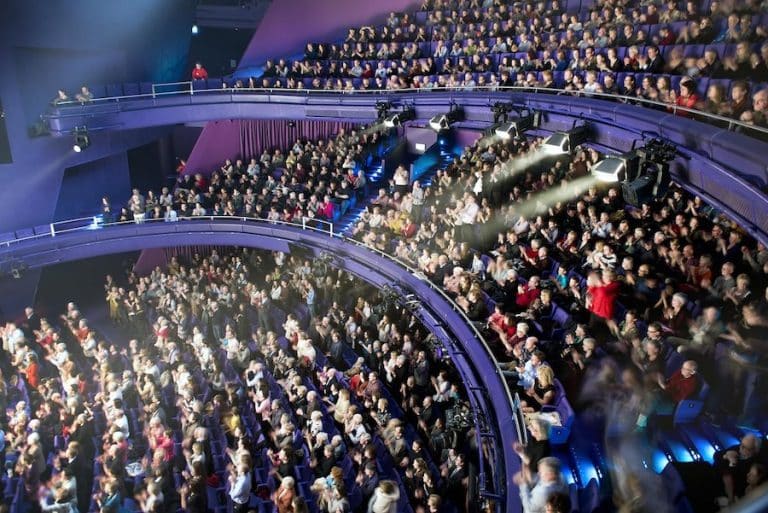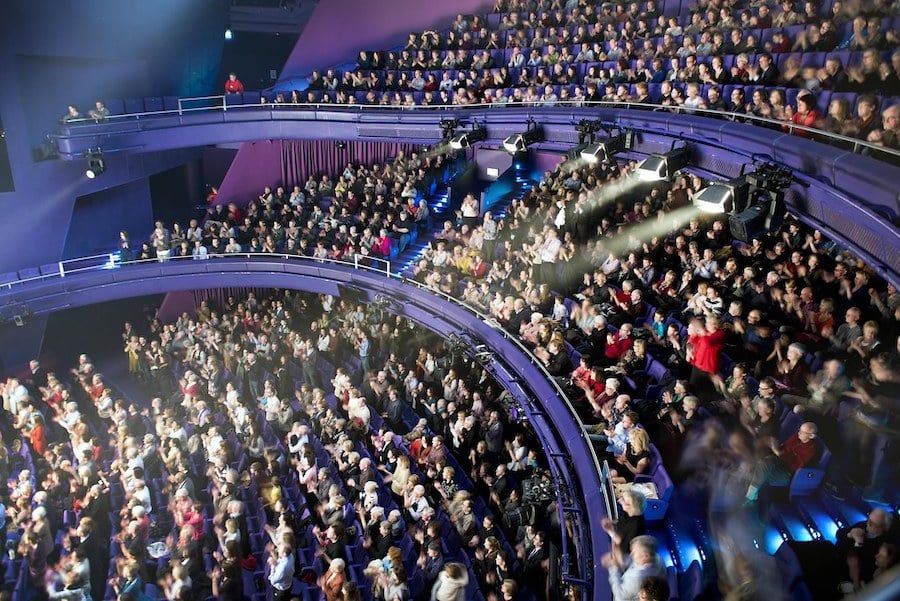There’s more to Manchester’s hotels and bars than meets the eye
- Written by James Cunningham
- Last updated 8 years ago
- Culture, Sport, Travel & Hotels

Over the years, James Cunningham has sampled the bars and restaurants of Manchester. Some of them are in buildings which have weird and wonderful histories. Here are some of his favourites…
They say you don’t always appreciate things which are on your doorstep. It is also said that you can spot a tourist as they are the ones looking up at the buildings around them rather than walking with their heads down with purpose.
“I have often been
drawn to the little
hidden hints of
Manchester’s past”
As an adopted Mancunian of some 10 years standing, I fit somewhere in between. This means I can often be seen staring up as I walk along whilst still being able to direct someone through the backstreets and ever changing one-way systems of this fair city.
As I’ve walked around the city I have often been drawn to the little hidden hints of Manchester’s past. Buildings we use every day but may have no idea what they once were.
Some I am pleased to say still hint at their past. I love the signage above Slug & Lettuce on Deansgate (though it could do with a clean!) and of course some places like the new Abel Heywood give us a clear indication of their past.
Here are some places you may know well but have no idea of their past:
REVOLUTION, PARSONAGE GARDENS

You may think the large wooden doors of Revolution Parsonage Gardens [actually on Southgate] are the front door to this building. You would be wrong. Take a walk into the gardens and you will find this imposing Grade II listed neo-classical building houses a lot more than just vodka shots! It stands proudly and serenely above the gardens and is without doubt one of my favourite buildings in the city. Completed in 1937, it was home to the English Sewing Cotton Company, a proud monument to Manchester’s ‘cottonopolis’ past.
BLUU, NORTHERN QUARTER
It seems that Bluu has always been in the Northern Quarter, but the building it resides in has a past long before this bar was around. It will probably come as no surprise to find that it was part of the famous Smithfield Market. What did come as a surprise to me was the sheer size of the market in its heyday. It occupied a site that stretched from this building all the way to Swan Street and the building that is sadly lying empty and abandoned. There were specialist markets for fish, meat, fruit, vegetables and flowers and long before the bars of the Northern Quarter were open all hours for partying revellers, the pubs were literally open all hours to water the porters and workers of the market. What is now Bluu is housed in a large building that was the main offices of the market. Walk around the front and look up and you will see the name in stone at the top of the building- a clear reminder of the area’s rich past.
ABEL HEYWOOD, TURNER STREET

This pub has many a story to tell. My first recollection of this building is when I first moved to Manchester and realised it was the setting of the fourth series of ‘Cutting It’, the BBC hairdressing drama that was my biggest love of the noughties! Now it is a new old pub-a new pub made to look old. It’s one of the few places that manage to look older than they actually are! It is the Abel Heywood name thought that is most significant.
Abel Heywood was a true pioneer of Manchester. A radical in the early half of the nineteenth century, he was imprisoned for not paying a stamp duty that was designed to stop mass publishing. I like to think he would be very proud of this modern online version of publishing.
He went on in the latter half of the century to build a hugely successful printing business, staying true to his roots and working to build a better Manchester for all. Following his work in the 1830s/40s improving paving and sanitation, his greatest achievement was twice serving as Mayor of Manchester and guiding our glorious Town Hall to completion. As a fitting tribute, the clock bell of the Town Hall is named ‘Great Abel’.
Today this pub makes his name well known again. Well deserved for a man who gave so much to this city.
ABODE HOTEL, PICCADILLY [AND A LITTLE OF MILLER & CARTER, KING STREET]
Those who know me will know why I have chosen this building. For those who don’t, I must confess to some partiality, having worked in this glorious building for five years.
This four star hotel and restaurant has a fascinating past.
The building bears the stone carving ‘Founded 1848’, but I can’t find what this relates to as the company, Horrockses, Crewdson & Co, was founded long before. It was built in 1898 as a warehouse and showroom for their fabrics. The parquet floors and sweeping wooden staircase still show the grandeur of cotton-rich Manchester. Ironically, one of their main products was bed sheets and pillow cases-something the hotel would rely on so much a hundred years later.
A few years ago, an elderly gentleman who was dining in the Michael Caines Restaurant in the basement of the hotel told me wonderful stories of how the building looked when it was still part of Horrockses, Crewdson & Co in the 60s when he worked there.
Where tables now stood to serve the fine Michael Caines food, huge conveyor belts used to carry the large bales of fabrics through the packing department ready for dispatch.
The building behind, now Piccadilly Lofts, was also part of the Horrockses, Crewdson lot. In fact, a bridge linked them. There was also an underground tunnel for the lowest level staff to pass between the buildings without being tempted away by any daylight they may have seen!
Into the 1990s and many Manchester folk may remember the space’s more salubrious past as the nightclub beneath what was then the Rosetti Hotel. I’ve heard tales from staff still working in the hotel of rampant revellers trying to access the bedrooms above thanks to a conquest below!
The link to King Street and Miller & Carter relates to the architect. The Lloyds Bank Buildings that now house this restaurant, new offices (and soon to open Zizzi) were designed by the prolific Manchester architect Charles Heathcote, who also designed the ABode Hotel. Two glorious buildings that represent Manchester’s glory days.
This city has many more hidden secrets and surprises which I hope to explore and uncover in the future. This will, of course, require visits to lots of bars and restaurants. All in the name of research, of course.
- This article was last updated 8 years ago.
- It was first published on 13 August 2015 and is subject to be updated from time to time. Please refresh or return to see the latest version.
Did we miss something? Let us know: [email protected]
Want to be the first to receive all the latest news stories, what’s on and events from the heart of Manchester? Sign up here.
Manchester is a successful city, but many people suffer. I Love Manchester helps raise awareness and funds to help improve the lives and prospects of people across Greater Manchester – and we can’t do it without your help. So please support us with what you can so we can continue to spread the love. Thank you in advance!
An email you’ll love. Subscribe to our newsletter to get the latest news stories delivered direct to your inbox.
Got a story worth sharing?
What’s the story? We are all ears when it comes to positive news and inspiring stories. You can send story ideas to [email protected]
While we can’t guarantee to publish everything, we will always consider any enquiry or idea that promotes:
- Independent new openings
- Human interest
- Not-for-profit organisations
- Community Interest Companies (CiCs) and projects
- Charities and charitable initiatives
- Affordability and offers saving people over 20%
For anything else, don’t hesitate to get in touch with us about advertorials (from £350+VAT) and advertising opportunities: [email protected]

Games, science and history collide at Manchester’s Science and Industry Museum this winter

How Baguley Hall Primary School is nourishing minds with a morning Magic Breakfast

Trafford baby bank delivers £17,000 of Christmas gifts despite closure risk

Best bars and pubs to watch the football and live sport in Manchester

Our writers pick the most outstanding Manchester theatre of 2024

















